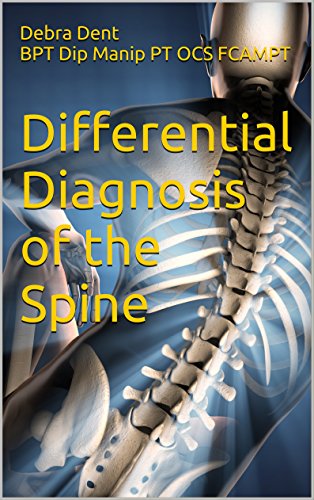Diffuse Idiopathic Skeletal Hyperostosis (DISH) Quiz
DIFFUSE IDIOPATHIC SKELETAL HYPEROSTOSIS (DISH)
Dish is a metabolic disease that causes abnormal ossification of the anterior longitudinal ligaments of the spine, related, ligaments, joint capsules, insertions of muscles and tendons and is most prevalent in the thoracic spine. It can occur in the peripatellar tendon, Achilles tendon insertion, and the plantar fascia. Long flowing bridging type osteophytes are noted on x-ray and these are more prevalent on the right side of the spine than the left due to the presence of the aorta. This ossification may bridge but not actually fuse the vertebrae like ankylosing spondylitis and movement can still occur. Zygapophyseal joints and disc space is preserved.
Dish is considered a phenomenon and is generally asymptomatic and does not result in severe disability. It is usually discovered on x-ray. When it becomes symptomatic it is due to pain, stiffness and decreasing mobility of the spine.
Diagnosis is made via the following criteria. Radiological findings of the presence of calcifications over four or more vertebra along the anterior aspect but the disc space is maintained. No involvement of the sacroiliac joints or zygapophyseal joints is present. MRI and CT scanning are utilized to determine if there are any complications of the disease.
AP view of Spine showing bridging.
An excellent reference Manual for Differential Diagnosis of the Spine.




Hello , I do consider this is an excellent site.
I stumbled upon it on Yahoo , I’ll come back once again.